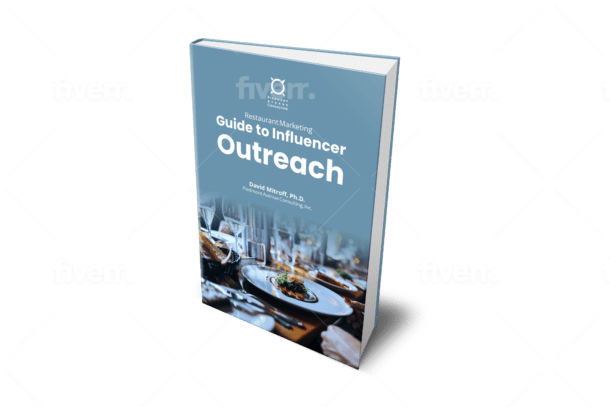You don’t need to be a marketing expert to know when something feels off. Maybe your ads aren’t working like they used to. Maybe your message is getting lost in the noise. Or maybe you’re doing a little bit of everything and still not seeing results. That’s where strategy comes in.
A solid marketing strategy provides structure to your efforts. It lets you prioritize what is important and let go of the rest. It has nothing to do with trends or fancy tools. It’s about knowing your objectives, your audience, and how to merge those things together in a manner that makes sense.
In this article, you’ll learn about some core pieces that make up a strong, clear marketing strategy that supports your business goals.
1. Clear Goals
Every good strategy starts with knowing what you want to achieve. Without a clear goal, it’s hard to track results or decide if something is working.
Your goals can focus on growing sales, building brand awareness, getting more website visits, or bringing in new leads. Setting clear goals also helps keep everyone on the same page and avoid wasting time.
Many marketers use the SMART goal method. That means goals should be Specific, Measurable, Achievable, Relevant, and Time-based. For example, a SMART goal could be “get 500 new email subscribers in 3 months” instead of just “get more customers.”
2. Knowing Your Audience
Understanding your audience is a big part of any marketing plan. You need to know who you are speaking to, what they care about, and what problems they want to solve.
You can gather this information through surveys, online reviews, social media, or website data. Many teams also build buyer profiles that show the typical customer’s age, job, habits, and concerns.
This step helps you create messages that speak directly to what people need or want. That makes your marketing more useful and more likely to succeed.
3. How Experts Can Help
Creating and running a strategy takes time, effort, and experience. That’s why many businesses choose to work with experienced marketing strategists who focus on planning and problem-solving.
These professionals often bring both research skills and creative ideas. They look at data, understand trends, and help shape messages that connect with the right audience. They can also offer advice on which tools or channels to use and when to use them.
Getting outside help can also give your team more time to focus on the day-to-day tasks. With the right support, your strategy can become more focused and more effective.
4. A Clear Brand Voice
Your brand voice is how your business sounds in writing and speech. It’s the tone you use, the words you choose, and the way you present your ideas. A consistent voice helps people recognize you and trust what you say.
Think about whether your tone should be friendly, expert, bold, calm, or something else. It should reflect your values and feel natural to your audience. When your brand voice stays steady across your website, ads, emails, and posts, it creates a sense of unity and builds stronger connections. A well-defined voice makes your message clearer and your brand easier to remember.
5. Using the Right Channels
A good strategy includes more than one way to reach people. That might include websites, social media, email, search engines, or even events. These channels work best when used together.
For example, a blog can bring people to your website. Social media can help them get to know your brand. Email can help keep them interested. Paid ads can reach new groups or give a boost to a campaign.
You don’t need to be everywhere. It’s better to choose the places your audience already spends time, then shape your message to fit each one.
6. Tracking and Improving
Things change all the time. New trends show up, people’s needs shift, and some plans stop working. That’s why it’s important to keep checking your results.
Use data from your website, emails, ads, and social media to see what works. Look at what brings the most traffic or leads. Listen to feedback from customers.
When something works well, do more of it. If something isn’t helping, it might need a change. The best marketing strategies are flexible. They keep learning and improving over time.
7. A Strong Value Message
Your value message explains why someone should choose your product or service over others. It tells people what problem you solve and what they will get from working with you.
This message should be short, clear, and easy to remember. It should show how you make things easier, better, or more enjoyable for the customer.
If people don’t see the value quickly, they might lose interest. But if your message is strong and clear, it gives them a reason to take the next step.
Final Thoughts
A good marketing strategy is based on clear goals, audience knowledge, expert input, brand voice, value messaging, smart channel choices, and regular updates. When these pieces work together, marketing becomes more focused and meaningful. You don’t need a big budget or a complicated plan. Just start with the basics, keep things clear, and be ready to adjust as needed.







